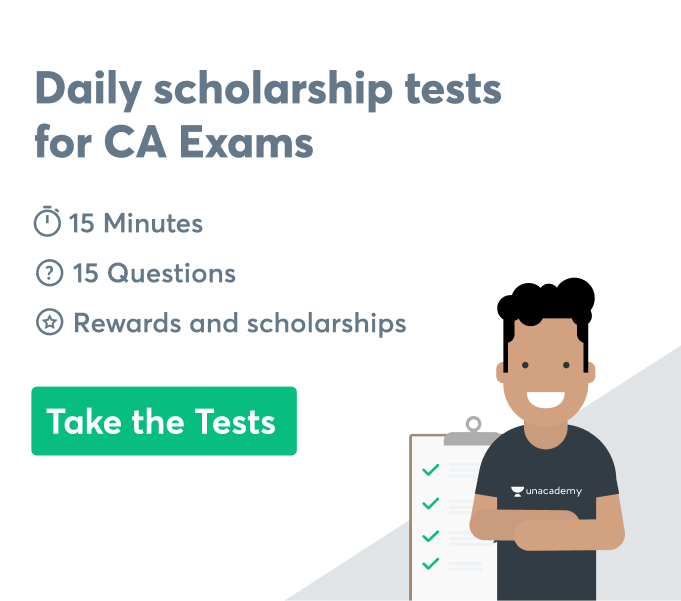Meaning of Ogive
The word Ogive is derived from the word used in architecture to depict curve-like shapes. They are the graphs that are used to make estimations on the number that lie below or above a data set. Olive can be calculated by making a cumulative frequency table. After that, these values are plotted as per the lower or upper limits of the class intervals. We will discuss in detail how to construct an Ogive. Let’s discuss the basics. As we need to calculate cumulative frequency, so for this, we need to add the frequency column to find out the c which is cumulative frequency. The last number of the cumulative frequency column is equal to the total frequency column, so with this method, you can cross-check your calculations.
Ogive: Definition and Implications
The ogive in statistics is a graph for the distribution of cumulative frequencies that shows the value of data sets on a horizontal x surface and the cumulative frequency on the vertical y-axis. Ogive is used to find out the median but only when we plot the less than and more than the graph on the same plot. The point where both the cues intersect, then that’s the median. Along with that, ogive is used to calculate the percentage of a set of values.
Ogive Graph
The Ogive Graph of frequency distribution inherits the characteristics of continuous and discrete series. This means the Ogive graph can be constructed when the continuous or discrete series is given and jot the individual series. So there are two types of Ogive graphs which are less than and more than Ogive. Let’s discuss these graphs in detail.
1. Less than Ogive
The less than Ogive involves the frequency of the preceding class and is summed up with the frequency of that category. It can be made by adding the class first frequency and the second class frequency and so on from the given set of data.
2. More than Ogive
In more than Ogive, the frequency of all the succeeding classes is summed up to the frequency of that category. This series is also called greater than Ogive. It can be calculated by subtracting the secondary and primary class frequency from the rest class frequency from the given set of data.
Steps To Draw Less Than And More Than Ogive
An Ogive Curve can be easily drawn by making the frequency in percentile form. These percentiles are gathered up and plotted on paper. Here are the steps to construct less than Ogive:
- Draw the vertical and horizontal lines with the names y and x-axis respectively on a paper.
- Then plot the cumulative frequency on the y-axis.
- Plot the upper-class limits on the x-axis which is the horizontal line.
- Then plot the cumulative frequency against every upper-class unit.
- Join the dots with a curve-like structure.
The steps to construct more than Ogive:
1. Draw the vertical and horizontal lines with the names y and x-axis respectively on a paper.
2. Then plot the cumulative frequency on the y axis.
3. Plot the lower class limits on the x-axis or the horizontal line.
4. Plot the cumulative frequency against every lower class limit.
5. Join the dots with a curve-like structure.
Conclusion
So the word Ogive means distribution of cumulative frequencies that shows the value of data sets on a horizontal x surface and the cumulative frequency on the vertical y-axis. Ogive is nothing but a graph that calculates the median.
 Profile
Profile Settings
Settings Refer your friends
Refer your friends Sign out
Sign out






